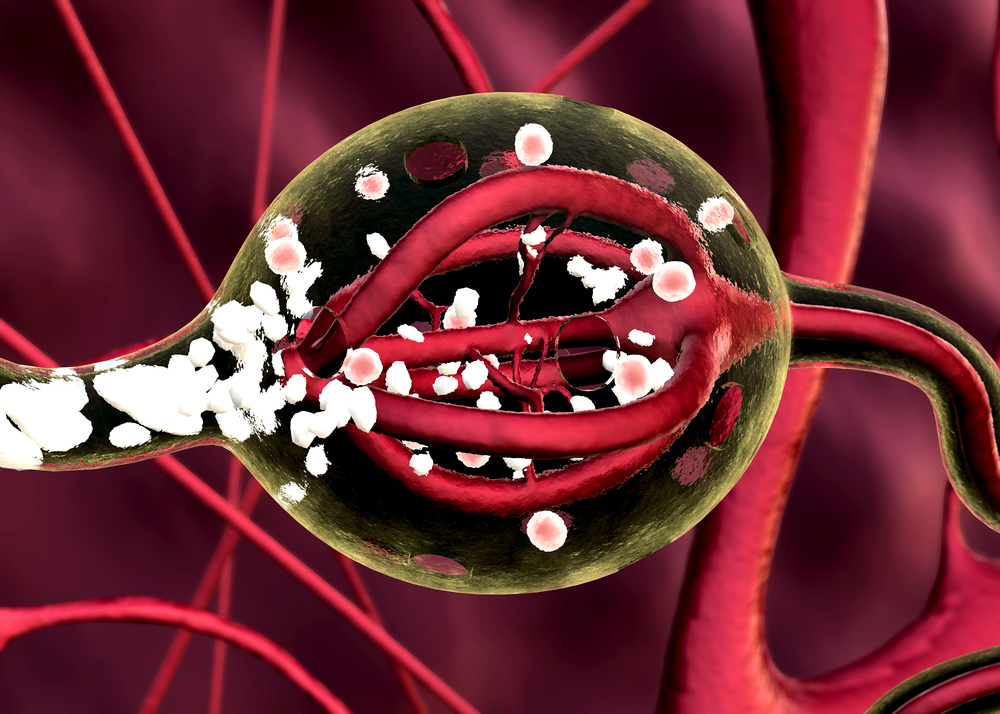Changes in Biomarkers of Healthy Individuals May Predict Alzheimer’s

Alzheimer’s disease is responsible for up to 70% of cases of dementia. It is a chronic neurodegenerative disease that usually starts with difficulty remembering recent events. It is often a patient’s family member that notices this loss of function and that urges the patient to see the doctor.
Presently, there is no cure for Alzheimer’s disease. Current therapies in these patients intend to control symptoms and to limit progression or worsening of the disease. As such, early diagnosis is essential. Unfortunately there can be a high latency between symptoms’ onset and diagnosis, as symptoms can be mild.
There is increasing interest in diagnostic markers/proteins that can prove useful in predicting high risk individuals or early diagnosis of Alzheimer’s disease, preferably before the appearance of symptoms. That can leave room for higher efficacy of current and future therapies. A recent study published in JAMA Neurology tries to give novel insight to this matter.
Researchers from the Washington University School of Medicine investigated the relationship between several biomarkers measured in the cerebrospinal fluid (a clear fluid that surrounds the brain and spine) of healthy middle-aged individuals and the appearance of brain plaques (lesions usually found in Alzheimer’s patients) in imaging studies.
These biomarkers are already known to be altered in Alzheimer’s patients. Nonetheless, the aim of the study led by senior author Prof. Anne Fagan is to find adequate markers to be used in the early diagnosis or even in predicting healthy patients at high risk of Alzheimer’s disease.
Results from 169 patients over 10 years show that these proteins – Amyloid beta 42, Tau, and YKL-40 – are related to the development of amyloid plaques characteristic of Alzheimer’s and that individuals with a form of a gene that confers elevated risk of the disease called APOE also have a marked increase of these biomarkers.
Although still far away from predicting the development of Alzheimer’s in each individual patient, this and other studies are helping researchers to achieve that goal. As discussed above, that can be the first step for early treatment and better control of the disease.






